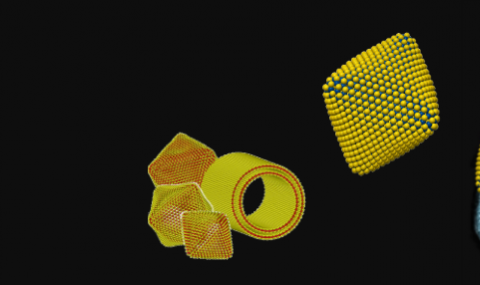Several technological applications for the IF materials were investigated. In collaboration with the group of Prof. L. Rapoport, from the Holon Institute of Technology, we have proposed that IF-WS2 and IF-MoS2 can serve as superior solid lubricants (No. 119). The mechanism of lubrication of these nanoparticles has been investigated by several laboratories in recent years. Three key steps in the lubrication process by these nanoparticles were identified, i.e. rolling and sliding under mild loads (<1 GPa)- see Fig. 5. Under higher loads exfoliation and complete collapse of the nanoparticles becomes the main lubrication mechanism. This latter step, leads to transfer of MoS2 nanosheets unto the surface asperities (see Fig. 5), which provide facile shearing on the mating surfaces. Using high resolution SEM these key steps were studied by probing the shear behavior of a loaded single IF nanoparticle (No. 264). This work was carried out in collaboration with Prof. H.D. Wagner, Weizmann Institute.
The technology of our lab was licensed to “NanoMaterials” (www.apnano.com) and more recently to it's mother company “Nanotechnology Industrial Solutions” (www.nisusacorp.com) in the USA, which erected a reactor with a capacity of 250 kg/batch (Fig. 6a) of “industrial-grade” IF-WS2. A production line for oil and grease extracts for formulated lubricants under the brand-name “NanoLub” was completed in 2014 (see Fig. 6b) and a second one is being added. This manufacturing facility is expected to enable the sales of a few thousands tons/year of formulated lubricants. Some of the products are shown in Fig. 7. A large assortment of different products based on IF-WS2 can be found by searching “Nanolub” in the web. Based on this nanoparticle technology, also polymer-based coatings exhibiting enhanced toughness and reduced friction and wear were also recently (2014) commercialized (see Fig. 7b). New applications require fast expansion of the production facilities. A new manufacturing facility was completed in the USA in the beginning of 2015 and further expansion of the manufacturing facility, which is expected to triple the manufacturing capacity of different lubricants in Yavne (Israel) is underway.
Recently, a new technology of metal working fluids based on “Nanolub” was commercialized and is making headways into the marketplace world-wide.
 Fig. 5. Schematic drawing of the tribological action of IF nanoparticles-oil mixture between two mating surfaces. The three-step degradation process of the IF nanoparticles, i.e. rolling, sliding and exfoliation/fracture is emphasized. See reference No. 119.
Fig. 5. Schematic drawing of the tribological action of IF nanoparticles-oil mixture between two mating surfaces. The three-step degradation process of the IF nanoparticles, i.e. rolling, sliding and exfoliation/fracture is emphasized. See reference No. 119.
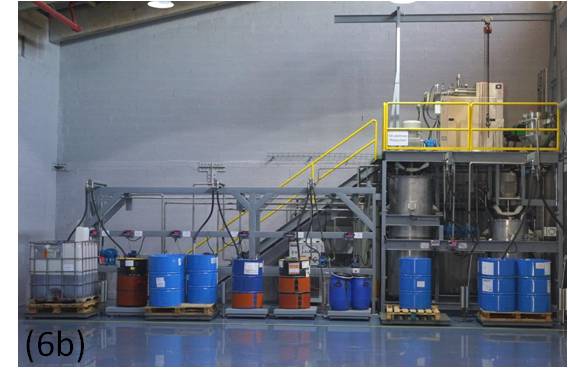
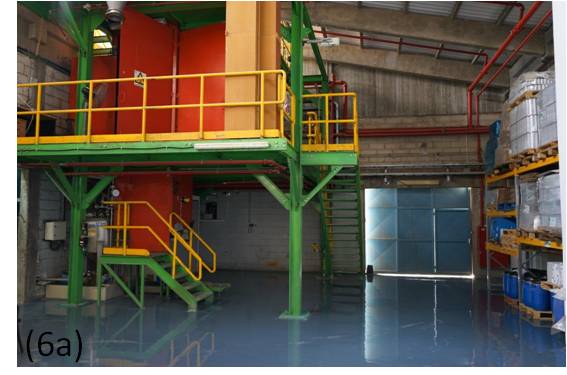
 Fig. 6a. High-temperature reactor for production of 250 kg/batch of “industrial grade” IF-WS2 nanoparticles. Following the synthesis, the nanoparticles are processed to minimize agglomeration and then mixed with various additives (see Fig. 6b.) to form the lubricating extract. Courtesy of “NanoMaterials”. Fig. 6c. The Grease production facility with a capacity of 0.25 tons/ day of grease extract.
Fig. 6a. High-temperature reactor for production of 250 kg/batch of “industrial grade” IF-WS2 nanoparticles. Following the synthesis, the nanoparticles are processed to minimize agglomeration and then mixed with various additives (see Fig. 6b.) to form the lubricating extract. Courtesy of “NanoMaterials”. Fig. 6c. The Grease production facility with a capacity of 0.25 tons/ day of grease extract.
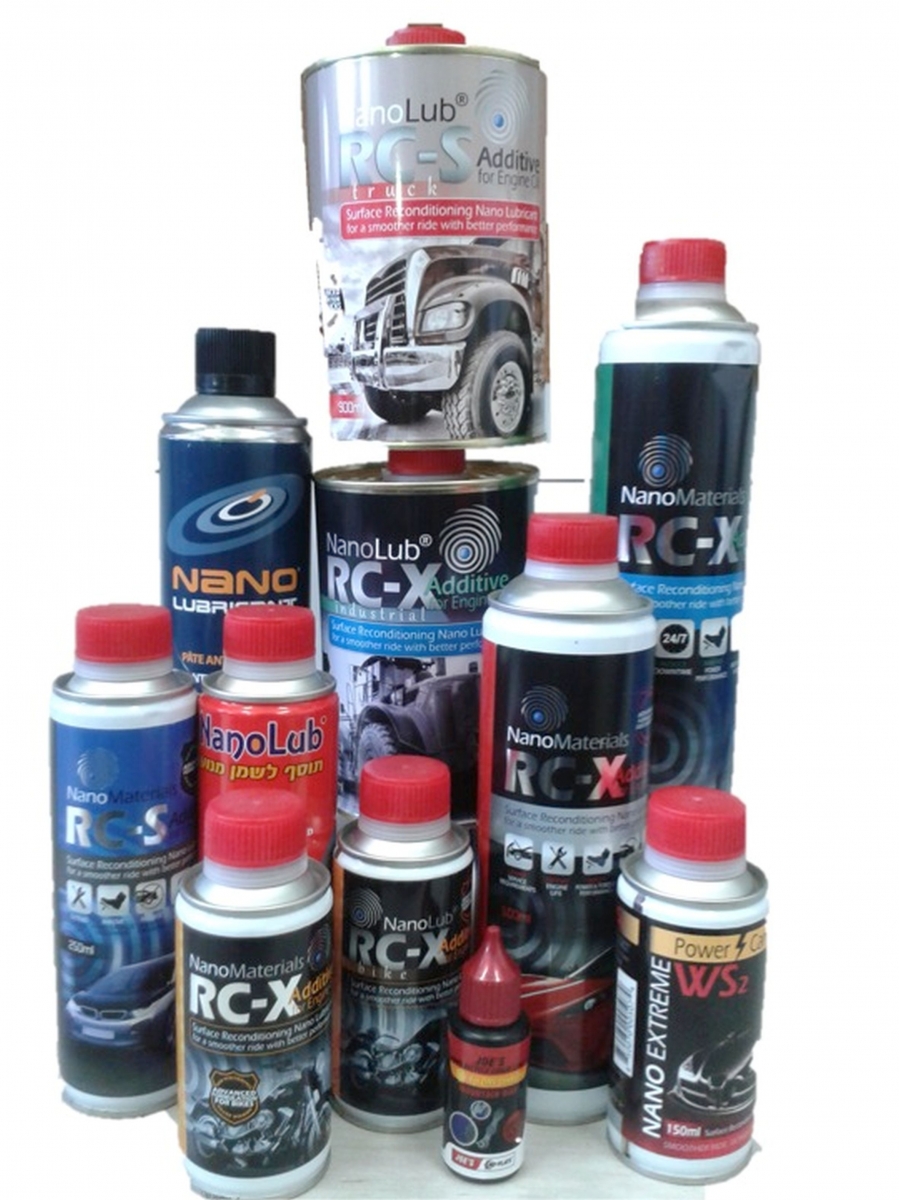
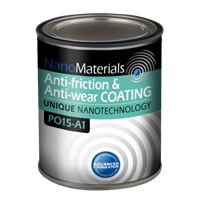
Fig. 7a. Assortment of superior lubricants containing the IF-WS2 nanoparticles. Courtesy of “NanoMaterials”. Fig. 7b. Polymer-based anti-friction and anti-wear coating.


